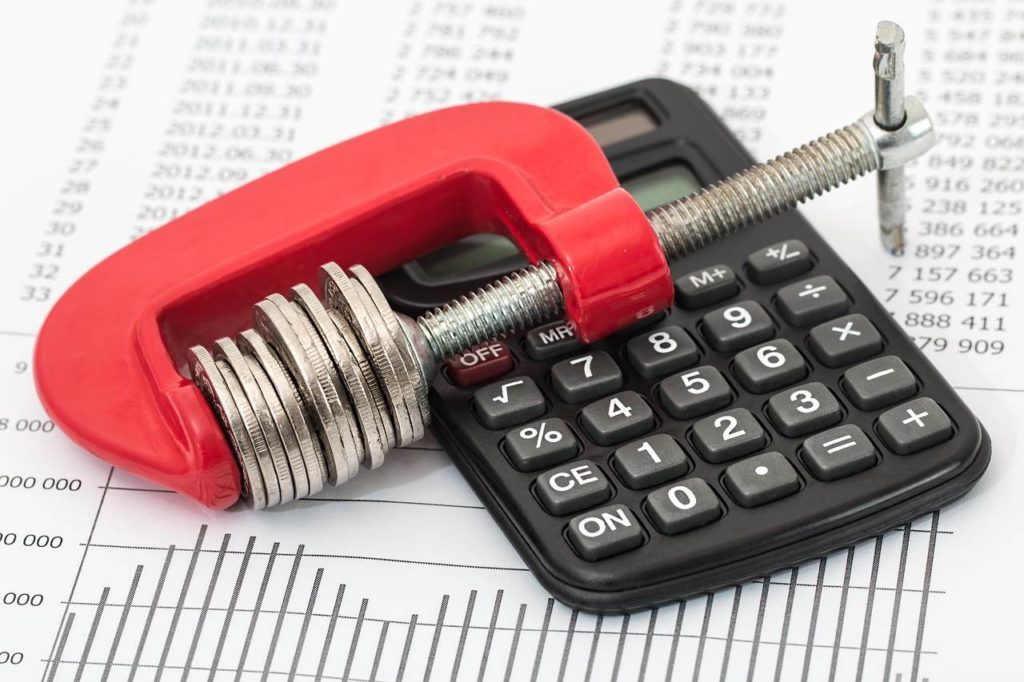The problem with debt is that thanks to interest, it just keeps growing unless you pay your balance in full. This means the many consumers having a hard time paying their debts now will face even higher balances in the future—kick-starting a dangerous debt cycle that gets progressively tougher to break.
For reference, it would take 30 years to pay off $2,000 in credit card debt with an 18 percent Annual Percentage Rate (APR) if you only made the minimum payments. And by the end of that exhausting journey, you’d have paid almost $5,000 more than your original balance in interest and charges.
If you’ve ever received a statement for an amount that seems completely out of your price range, you’re not alone. And it’s tempting to pay only the minimum—or less—while you figure out what to do next. Many Americans currently facing thousands of dollars in debt that they’re not sure how they’re ever going to pay in full.
But there’s a well-known secret within the world of debt relief: You may be able to actually negotiate down the amount you owe. That’s right. Creditors will sometimes agree upon a lesser settlement if they believe the alternative is receiving even less or nothing from you.
So, have you tried negotiating down your debts yet? It’s certainly worth a try before giving up on repayment while interest continues to accumulate—or doing something as drastic as filing for bankruptcy. Here’s more on how to get started.
Debt Negotiation 101: The Basics
Many people aren’t even aware that negotiating with creditors is an option. Even Andrew Housser, the co-founder of Freedom Debt Relief, says he “had no idea that creditors were open to negotiating their debts and would be willing to settle for a fraction of what was owed.” He learned about it from a friend who settled a $30,000 delinquent debt for $9,000 after accidentally negotiating with creditors. Listening to this story inspired Housser to found a debt settlement organization that helps enrollees handle negotiations.
As you can see, there are a few ways to approach debt negotiation. Some consumers try it on their own, picking up the phone to speak to creditors directly in an attempt to reach a favorable deal. Others enroll in a program, like Freedom Debt Relief, that makes trained negotiators available on their behalf so they can worry more about saving up enough money to get started. Each strategy has its own pros and cons, so both are worth exploring if you’re interested in maximizing your chances of settlement success.
Tips for Successfully Negotiating Down Your Debts
Whether you pursue do-it-yourself debt negotiation or enroll in a settlement program, it’s important to have a few things squared away before you reach out to creditors. Your case will be stronger if you can offer a certain amount of money either monthly or upfront. Calculate how much you’re prepared to offer and include this in your proposal to creditors. Or, if you’re part of a debt settlement program, make sure you’re prepared to contribute regularly enough to reach the required threshold to begin negotiations.
A good rule of thumb is to start low. Some experts recommend starting with an offer of roughly 30 percent of your outstanding balance. Your creditors will probably counter with a higher percentage in return, and so on. Once you reach an agreement, get it in writing—making sure both parties are crystal clear on the terms of the deal.
If you haven’t tried negotiating down your debts yet and you’re otherwise struggling to make a dent in them, this strategy could help you immensely.





